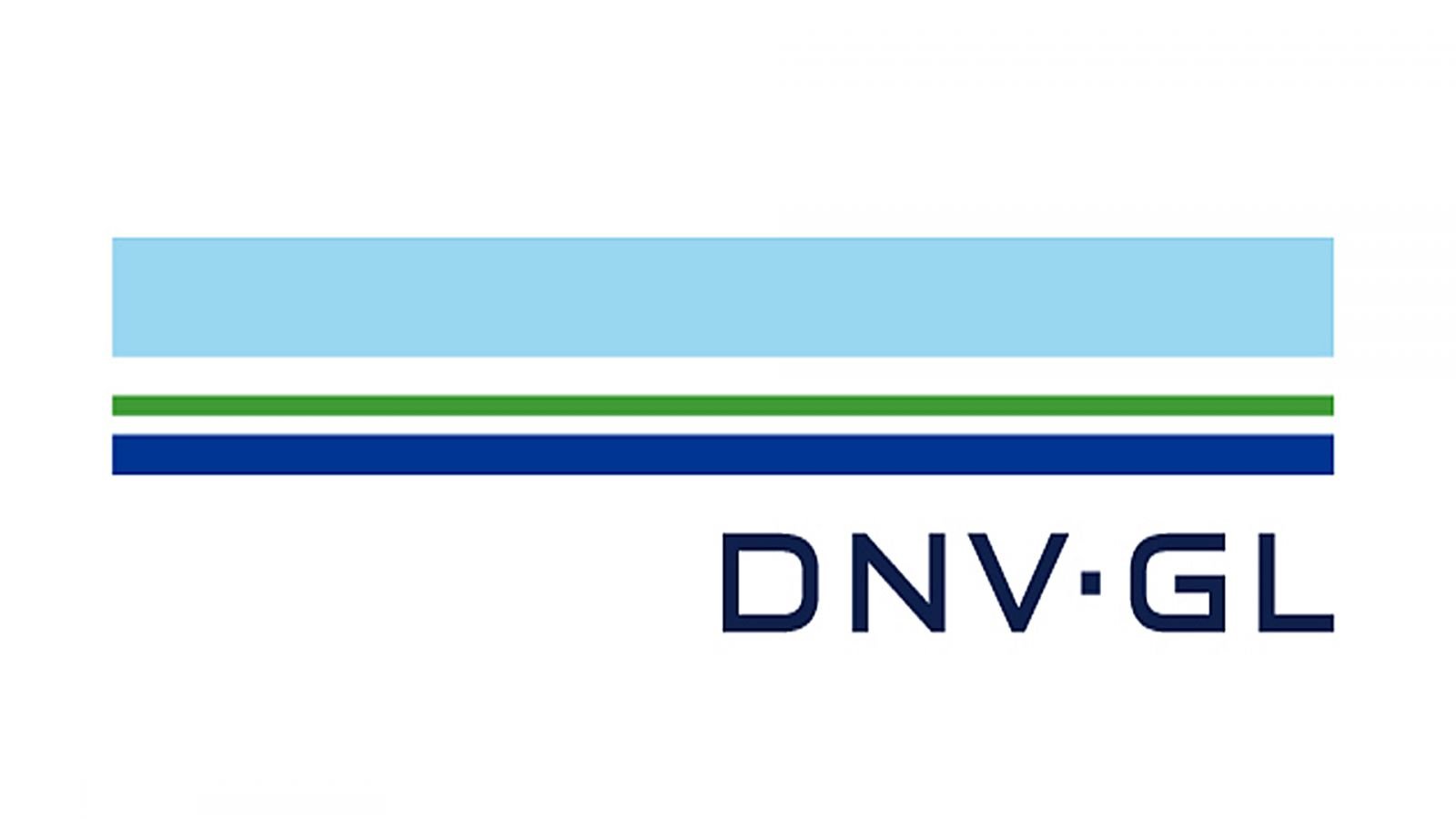Power without Pistons

GTT, CMA CGM (and its subsidiary CMA Ships) and DNV GL released a technical and feasibility study for a new mega box ship today – the Piston Engine Room Free EfficientContainership PERFECt. The concept vessel is LNG-fuelled, powered by a combined gas and steam turbine, and is electrically driven. Exploring this novel configuration resulted in the partners identifying and analyzing a propulsion concept that has the potential to offer a more efficient, more flexible and greener box ship design than current 20,000 TEU two-stroke diesel engine driven ultra large container vessels.
“The shipping community has realized that LNG enables the implementation of new propulsion concepts such as demonstrated by the PERFECt design that can increase a vessel’s efficiency, reduce fuel consumption and therefore offer a commercially interesting solution. I am confident that the utilization of LNG as ship fuel will increase over the next few years”, says Remi Eriksen, Group President and CEO of DNV GL.
“The impulse behind this study was our interest in seeing how a modern ultra large container ship design could benefit from utilizing COGAS, which is a system for combined gas and steam turbine power generation,” adds Gerd Würsig, Business Director for LNG-fuelled ships at DNV GL – Maritime. “A modern, land-based combined cycle LNG-fuelled power plant will reach fuel-to-power efficiency ratios of up to 60 per cent, which is higher than conventional diesel engines, which can achieve up to 52 per cent. In addition, the power density by volume and weight is much higher for a COGAS system.”
“CMA CGM and its subsidiary CMA Ships position themselves as pioneers by contributing to this worldwide leading innovation. This concept rethinks the ship’s design. The COGAS system with electrical propulsion gives us a great deal of freedom in the general arrangement and in tailoring the installed power to the actual operational requirements,” says Jean-Baptiste Boutillier, Technology & Information Director at CMA Ships. “The lower footprint of the machinery system and increased flexibility of the electric propulsion system means we can increase the capacity of the vessel, despite LNG tanks requiring more space than traditional fuel oil tanks, thereby generating greater revenues and reducing the payback time for the additional CAPEX required.”
“Gas turbines associated with steam turbines in co-generation mode are ideal for the efficient utilization of LNG as a fuel. This new design combines the exceptional volumetric efficiency of membrane containment technology with flexible electric propulsion to save even more cargo space compared to a conventional design,” says Arthur Barret, LNG Bunkering Program Director at GTT. “In addition to being a cleaner fuel, LNG is very abundant and could be made available for bunkering cost effectively for this kind of trade much sooner than commonly admitted today.”
In a comprehensive analysis with the DNV GL COSSMOS tool, components of the potential power production and propulsion system were simulated in order to analyze the COGAS system. With DNV GL COSSMOS it was possible to get detailed data for the calculation of the overall fuel efficiency for a complete round voyage. Using a global FEM analysis, the project partners also evaluated the impact of the changes that were made to the general arrangement.
The two 10,960 m³ LNG fuel tanks are located below the deck house, giving the vessel enough fuel capacity for an Asia/Europe round trip. With the gas and steam turbines integrated at deck level within the same deck house as the tanks, the space normally occupied by the conventional engine room can be used to increase cargo capacity significantly.
The dissociation of electric power generation from electric propulsion allows the electric power plant to be moved away from the main propulsion system, giving a great deal of flexibility. In fact an engine room is not needed any more. The three electric main motors, which are arranged on one common shaft, can be run fully independently of each other providing increased redundancy and reliability and a high level of safety.
With gas turbine-driven power production that utilizes a very clean fuel as well as electric propulsion, the ship’s machinery systems will be simplified and much more robust. This approach is also expected to lead to new maintenance strategies that are already common practice in the aviation industry. Such strategies would enable shipping companies to reduce the ship’s engine crew dramatically and save costs.
The study also suggests that optimizing the power plant through minimizing the steam turbine size, reducing power capacities, condenser cooling, and using a two-stage pressure steam turbine and steam generator will increase the system’s efficiency further. The next phase of the study aims to optimize the propulsion system and ship design to attain even greater efficiency and increased cargo capacity.
The products and services herein described in this press release are not endorsed by The Maritime Executive.
